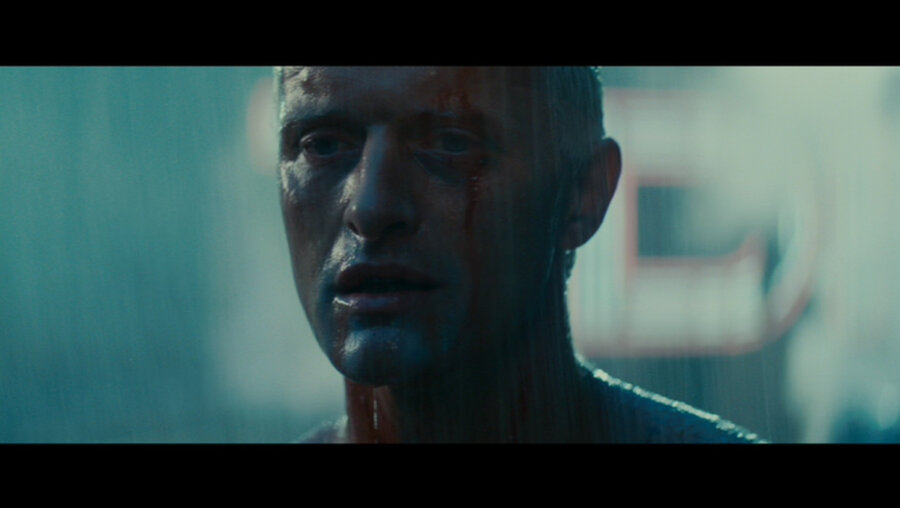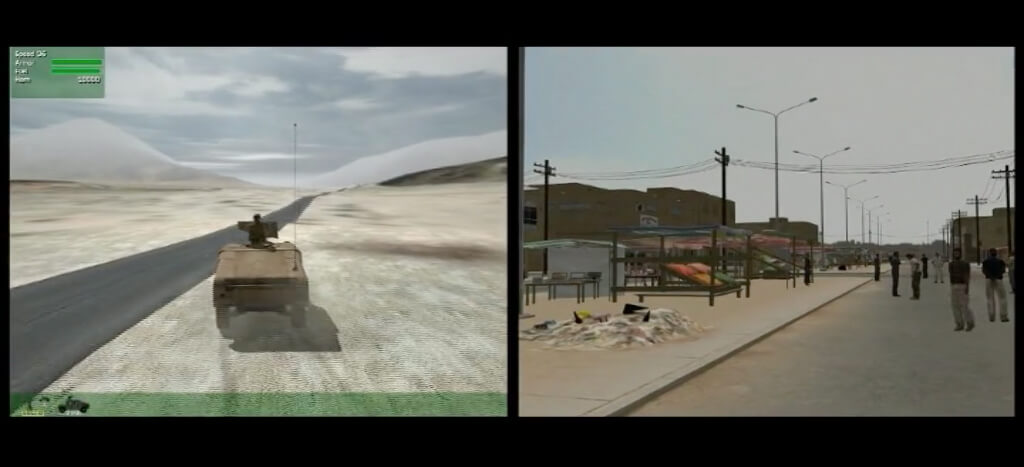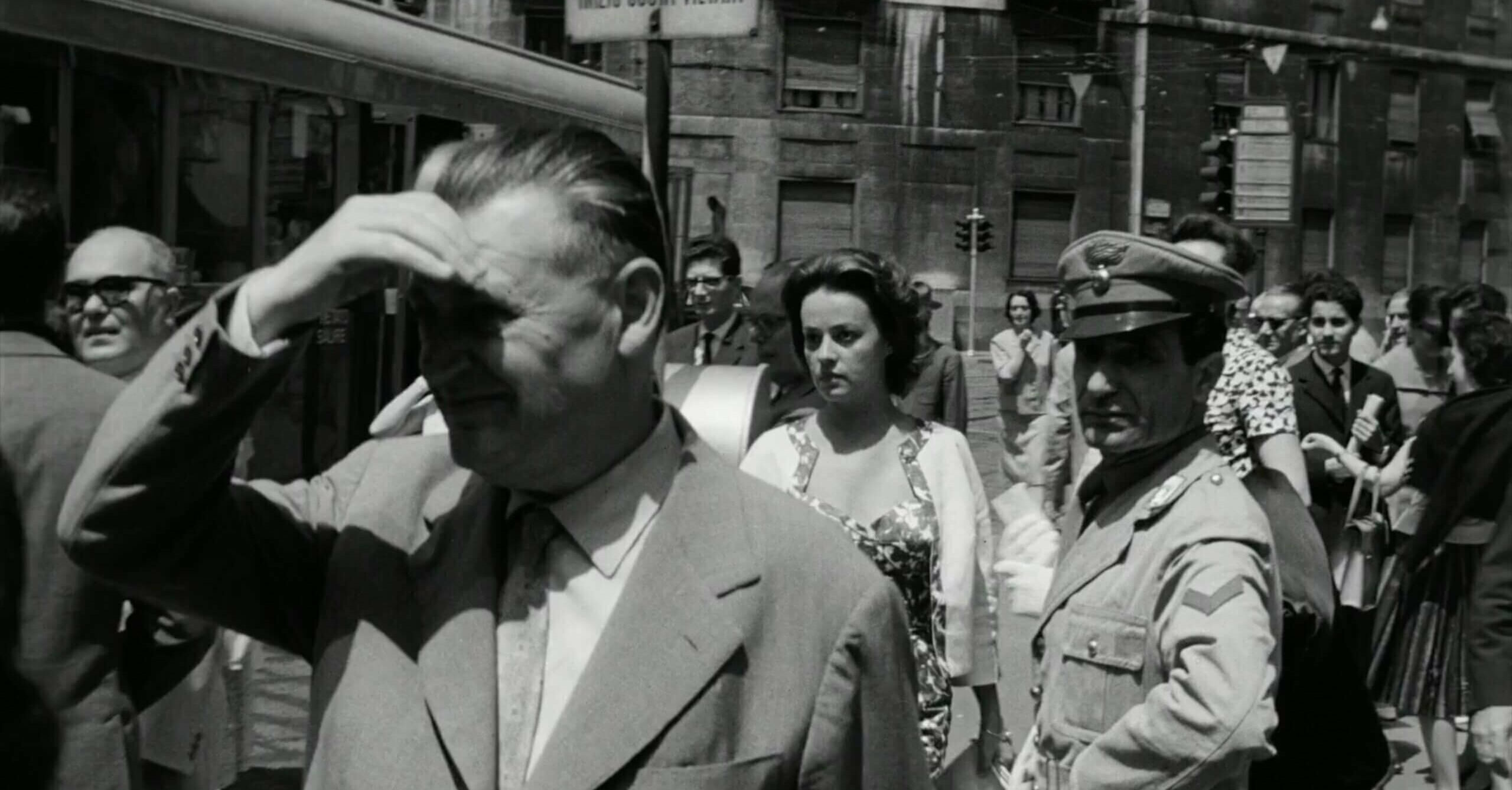Is it possible to consider a machine, programmed to a perform a specific task, as potentially distracted? Beyond seeming absurd, the question is arguably poorly formulated, attributing a human quality to a thing incapable of having one. We might say a household appliance no longer works, a cell phone has bad reception, a tablet computer has become obsolete, etc. – but these malfunctions cannot relate to the distraction of technical objects. This detour via machines underscores how the experience of distraction is a major feature of living beings: even constantly alert animals have their moments of distraction (falling asleep, for example, between wakefulness and sleep). And humans certainly could not live without them: daytime reveries, a memory overtaking an action underway, runaway imagination, and more. In these phenomena of distraction, our innermost self, singular and irreducible to any other, asserts itself.
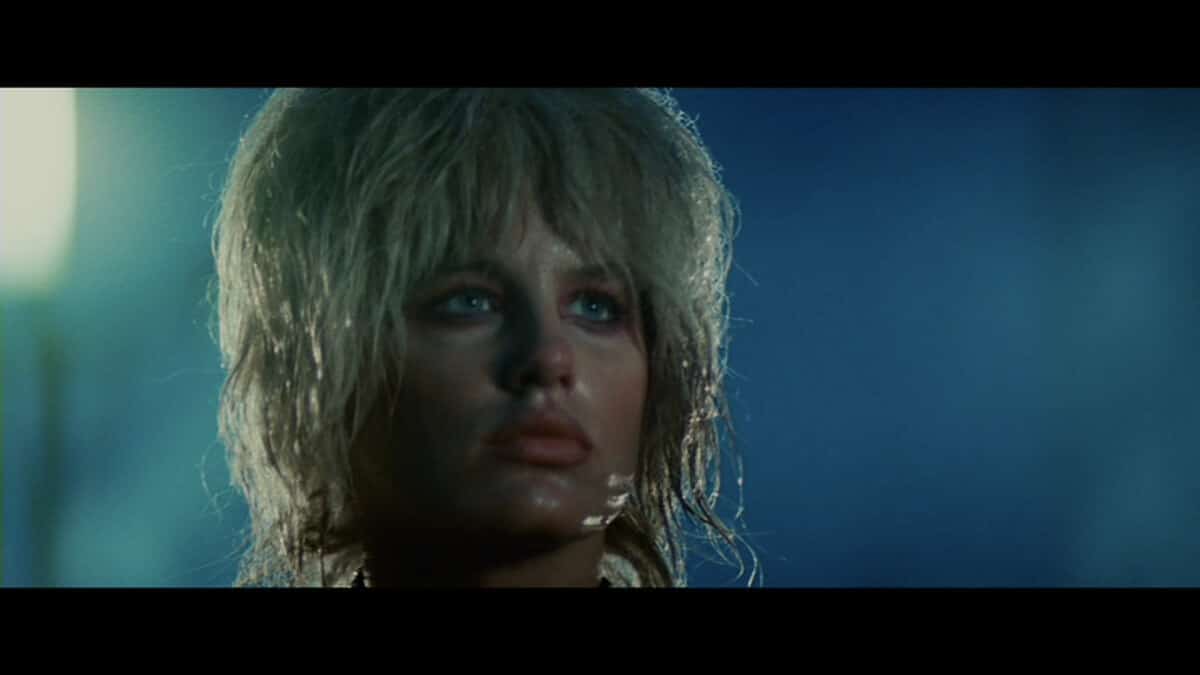
Yet what happens when we consider a combination of human and machine? As questions relating to artificial intelligence, at times involving automated bodies, now raise ever more problems around the day-to-day organization of a commons, science fiction film can provide suggestive glimpses of distraction emerging in a human-machine configuration. This is notably the case in Ridley Scott’s Blade Runner (1982), adapted from Philip K. Dick’s novel, Do Androids Dream of Electric Sheep? (1968). In this film, the “replicants” are robots with a strong physical resemblance to humans, designed by Eldon Tyrell. Tyrell alone knows how to reprogram them to extend their life beyond the four years of existence he has allotted them. Why is this? So that replicants, used for harsh labor in distant Martian colonies, will not become humanized, and in doing so, possibly turn against their creator – which ultimately happens upon their return to Earth, without Tyrell even granting them more years of existence.
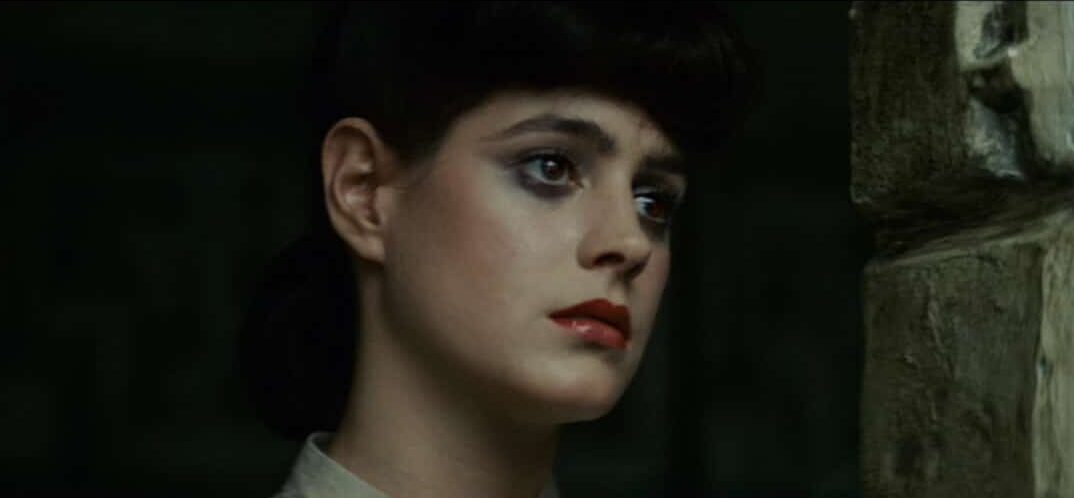
Empathy-free beings devoid of memories (except for Rachael, the replicant played by Sean Young, who has been artificially implanted with the memory of another woman), all geared for highly specific tasks (fighting ferocious adversaries, building spaceships, satisfying sexual desires, etc.), replicants are unable to take the time to daydream, randomly delve into their memories, or escape their daily toil through the faculty of imagination. For these reasons, they lack the capacity for distraction: Tyrell’s program, on which they depend, prevents this in them. And yet, Ridley Scott’s film shows sequences in which the replicant machine stops functioning properly, and this malfunction leads them into a zone of distraction, conducive, for us humans, to new perspectives in terms of floating states, urban strolling, recollection itself.

In the film’s famous sequence in which his eye scans a photo, Rick Deckard (Harrison Ford) notices the character of Zhora, lying down and likely asleep. We might truly wonder what animates the dreams of this replicant, what inhabits them; and if an android can indeed have them, whether these dreams in any way influence the accomplishment of the missions for which she has been programmed. Another replicant, Pris, at times appears distracted in the totally devastated city of Los Angeles. Here, distracted is to be firstly understood as dazed: in fleeing, she runs smack into a shop window (replicants can’t see transparent surfaces, in fact). But she is also, and above all, distracted in another sense – by her romantic feelings for Roy Batty, the most perfect replicant, according to his maker, who returns her feelings of love. What could be more dangerous for the Tyrell Corporation than one replicant falling love with another? Love, perhaps the ultimate distraction…
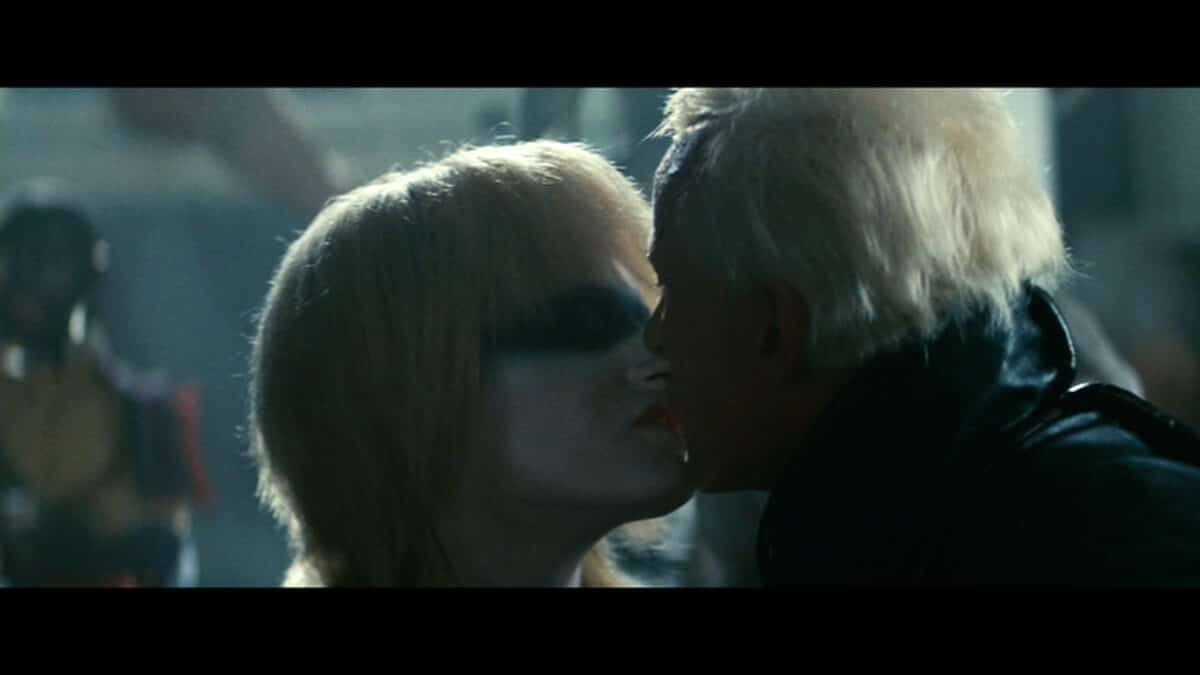
As for Roy, in his famous monologue at the end of the film, delivered as he is dying, he declares to Deckard: “I’ve seen things you people wouldn’t believe. Attack ships on fire off the shoulder of Orion. I watched C-beams glitter in the dark near the Tannhäuser Gate. All those moments will be lost in time…”. Here again, how might the memory of this man-machine function, and what could be the mental images taken for memories emerging in his final moments? The character’s inexpressive emotion creates a true disruptive force on screen, rendering ineffective Tyrell’s program presumed to thwart all such emotions – i.e., that which distracts Roy from the reason he was created. It would be mistaken to think that the replicant turns human upon dying. Exploring the thread of distraction in Blade Runner allows another hypothesis to be put forth: in a destroyed world in which humans themselves resemble automats – walking mechanically, no longer looking at one another, bombarded with advertisements, etc. – perhaps replicants are there the recall the need to draw on the minute distractions of our forms of life, for the thousand ways of escaping an established order.
Dork Zabunyan
